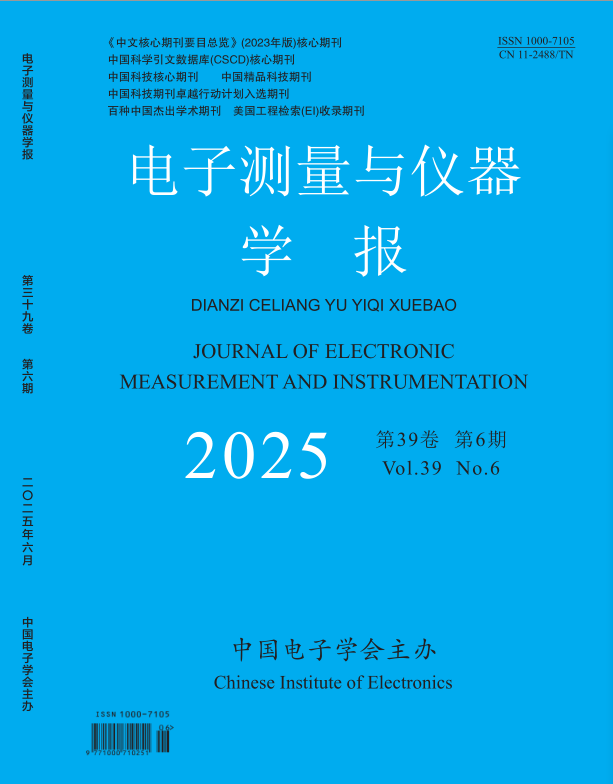2020, 34(6):154-162.
Abstract:In order to avoid the color distortion caused by the brightness enhancement of the image and the problem of over-enhancement
in the local area, an image enhancement algorithm based on the image classification coupled adaptive Gamma correction (AGC) was
designed to improve the image details and visual effects. Firstly, the input image was converted into HSV space and the color and the
brightness are separated, so that the original color of the pixel was not changed when the brightness channel was enhanced, and the color
distortion is effectively reduced. Secondly, considering the properties of different images, the images are classified into high and low
contrast by using statistical information, and each contrast was divided into light and dark. Then, based on the traditional Gamma
correction method, an AGC was formed by dynamically setting parameters for different types of images, thus, different enhancement
functions are constructed for different types of images to complete the enhancement of different types of images. The experimental data
show that compared with the current popular enhancement algorithms, the proposed algorithm has higher enhancement effect, which
presents more natural brightness and contrast, as well as maintains more color information.
